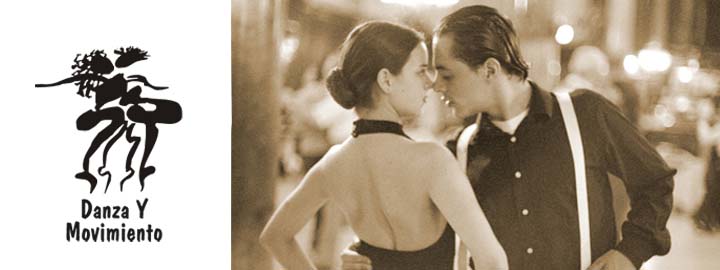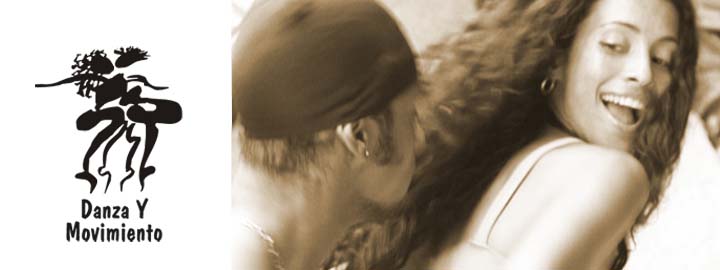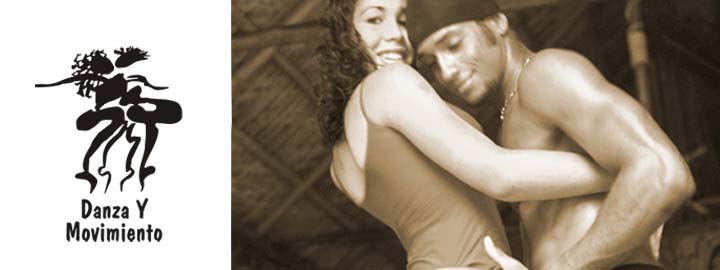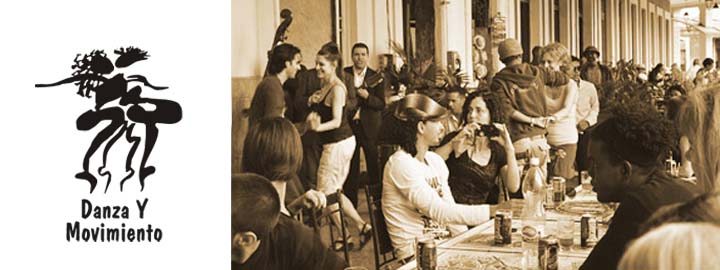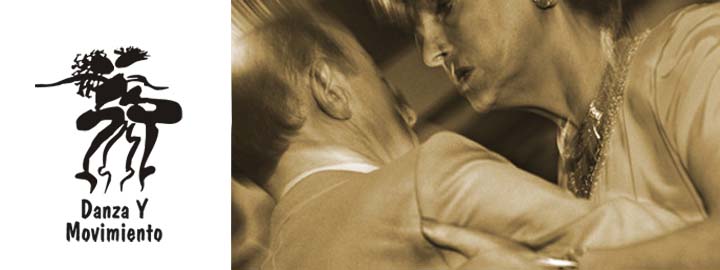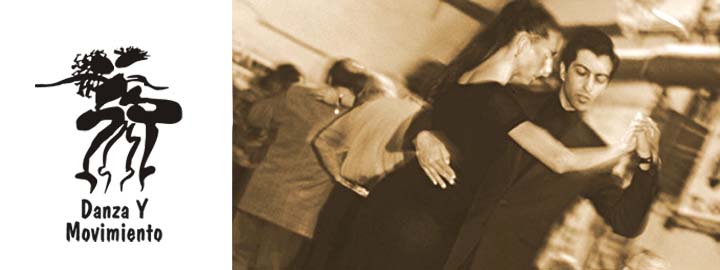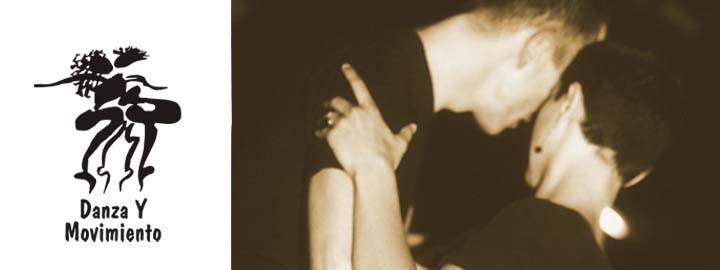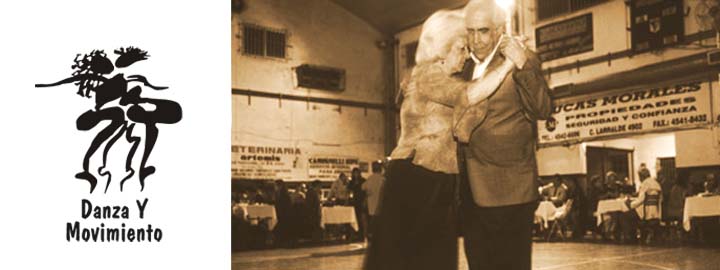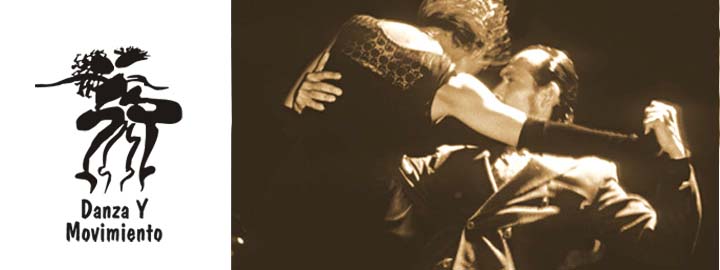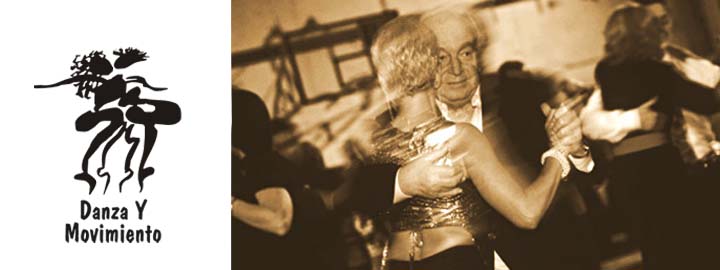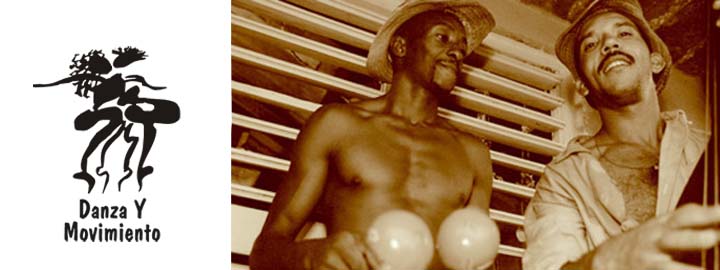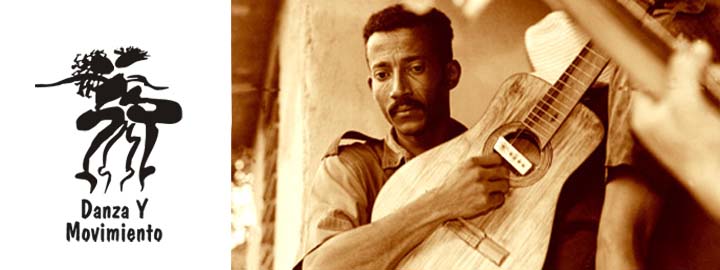Palmera - Autoren: Schwenkglenks, Juergen
Jürgen Schwenkglenks
Jürgen Schwenkglenks, Musiker und Komponist, stellt sich vor:
Meine erste Begegnung mit dem Tango hatte ich in den 1980er Jahren durch die Musik von Astor Piazzolla. Damals war es schwer, etwas anderes zu bekommen. Auf der Suche nach den Wurzeln und der Geschichte der Tangokultur stieß ich nach und nach auf die großartigen Orchester von Francisco Canaro, Carlos di Sarli, Aníbal Troilo, Osvaldo Pugliese und vielen anderen. Es dauerte nicht sehr lange: Zuerst wollte ich diese Musik selbst spielen. Dann habe ich angefangen, Tango zu tanzen, was mich menschlich und musikalisch sehr bereichert hat. Und schließlich begann ich, viele Tangos, Milongas und Valses zu komponieren, die nicht nur für das Konzertpodium, sondern auch für den Ballsaal gedacht waren. Ich schätze mich sehr glücklich, in meiner süddeutschen Heimatstadt Passau Musiker gefunden zu haben, die sich mit viel Engagement mit der Interpretation des Tangos auseinandergesetzt haben.
Anfang der 1990er Jahre lernte ich bei einem Tangokonzert meine Frau Magali kennen. Sie stammt aus Avellaneda, einem Vorort von Buenos Aires. Sie und ihre Familie gaben mir einen tiefen Einblick in viele andere Aspekte der argentinischen Kultur, wie z.B. Sprache, Literatur, Poesie und unglaubliche Asados mit hervorragendem Rotwein. Magali ist meine Lieblingspartnerin, nicht nur beim Tanzen. Sie ist die ehrlichste und gleichzeitig die loyalste Kritikerin, die ich mir vorstellen kann.
Tango, die Musik und der Tanz, können die ganze Bandbreite der Gefühle ausdrücken - die Leidenschaft, Intimität, Traurigkeit und Erotik des Tangos, den Schwung und die spielerische Frechheit der rhythmischen Milonga und die Sinnlichkeit und Romantik des Vals. So kann jeder Tango zu einem Kunstwerk werden, das sich in einem Tanz ausdrückt, der die Musik in einer improvisierten Form interpretiert. Wenn ich mit anderen musiziere, strebe ich auch nach der enormen Sensibilität des Tanzes, die den improvisierten Dialog der Tänzer ermöglicht.
Heutzutage ist der Tango Argentino ein weltweites Phänomen. Daher ist es sehr spannend zu sehen, welche Ergebnisse entstehen, wenn zum Beispiel die europäische Mentalität auf die argentinische Kultur trifft. Deshalb sind meine Tangos stark von der Atmosphäre der Straßen und Ballsäle von Buenos Aires inspiriert. Aber ich bleibe immer bei meinem europäischen Blickwinkel, aus dem heraus ich komponiere.
Jürgen Schwenkglenks, Musiker und Komponist, stellt sich vor:
Meine erste Begegnung mit dem Tango hatte ich in den 1980er Jahren durch die Musik von Astor Piazzolla. Damals war es schwer, etwas anderes zu bekommen. Auf der Suche nach den Wurzeln und der Geschichte der Tangokultur stieß ich nach und nach auf die großartigen Orchester von Francisco Canaro, Carlos di Sarli, Aníbal Troilo, Osvaldo Pugliese und vielen anderen. Es dauerte nicht sehr lange: Zuerst wollte ich diese Musik selbst spielen. Dann habe ich angefangen, Tango zu tanzen, was mich menschlich und musikalisch sehr bereichert hat. Und schließlich begann ich, viele Tangos, Milongas und Valses zu komponieren, die nicht nur für das Konzertpodium, sondern auch für den Ballsaal gedacht waren. Ich schätze mich sehr glücklich, in meiner süddeutschen Heimatstadt Passau Musiker gefunden zu haben, die sich mit viel Engagement mit der Interpretation des Tangos auseinandergesetzt haben.
Anfang der 1990er Jahre lernte ich bei einem Tangokonzert meine Frau Magali kennen. Sie stammt aus Avellaneda, einem Vorort von Buenos Aires. Sie und ihre Familie gaben mir einen tiefen Einblick in viele andere Aspekte der argentinischen Kultur, wie z.B. Sprache, Literatur, Poesie und unglaubliche Asados mit hervorragendem Rotwein. Magali ist meine Lieblingspartnerin, nicht nur beim Tanzen. Sie ist die ehrlichste und gleichzeitig die loyalste Kritikerin, die ich mir vorstellen kann.
Tango, die Musik und der Tanz, können die ganze Bandbreite der Gefühle ausdrücken - die Leidenschaft, Intimität, Traurigkeit und Erotik des Tangos, den Schwung und die spielerische Frechheit der rhythmischen Milonga und die Sinnlichkeit und Romantik des Vals. So kann jeder Tango zu einem Kunstwerk werden, das sich in einem Tanz ausdrückt, der die Musik in einer improvisierten Form interpretiert. Wenn ich mit anderen musiziere, strebe ich auch nach der enormen Sensibilität des Tanzes, die den improvisierten Dialog der Tänzer ermöglicht.
Heutzutage ist der Tango Argentino ein weltweites Phänomen. Daher ist es sehr spannend zu sehen, welche Ergebnisse entstehen, wenn zum Beispiel die europäische Mentalität auf die argentinische Kultur trifft. Deshalb sind meine Tangos stark von der Atmosphäre der Straßen und Ballsäle von Buenos Aires inspiriert. Aber ich bleibe immer bei meinem europäischen Blickwinkel, aus dem heraus ich komponiere.
